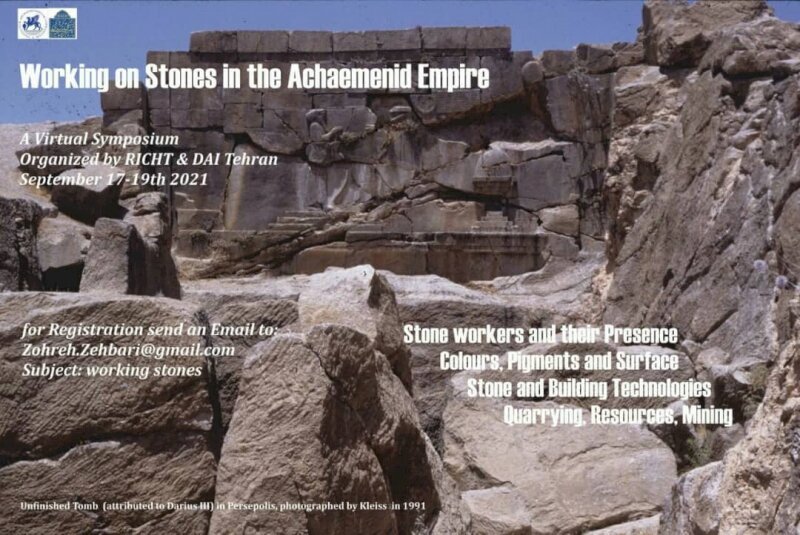Intl. conference to turn spotlight on Achaemenid stone carving

TEHRAN - An online symposium will be held from September 17 to 19 to discuss Iran’s art of stone carving during the Achaemenid era (ca. 550–330 BC), CHTN reported on Wednesday.
Entitled “Working on Stones in Achaemenid Empire”, the conference has been organized by the Research Institute for Cultural Heritage & Tourism (RICHT) in collaboration with the German Archaeological Institute (Deutsches Archäologisches Institut, DAI).
Researchers from Iran and “abroad” have been invited to give lectures during the three-day conference about their new research in the fields of archaeology, linguistics, restoration, and archeology, Iranian archaeologist Zohreh Zoheiri announced.
The art of stone carving was a very practical skill during the Achaemenid period, and many immovable and moveable pieces of stone survive from this period, indicating that there were a lot of stonemasons who served at the court of this empire, she added.
For decades, researchers have studied stone working methods, tools, stone mines, and techniques, and now this virtual symposium is an excellent forum for exchanging ideas, she noted.
The Achaemenid Empire was the largest and most durable empire of its time, stretching from Ethiopia, through Egypt, to Greece, to Anatolia (modern Turkey), Central Asia, and to India.
The empire, founded by the Persian kings Cyrus and Darius, was the first state model based on the diversity and tolerance of different cultures and religions.
Persepolis, also known as Takht-e Jamshid, whose magnificent ruins rest at the foot of Kuh-e Rahmat (Mountain of Mercy), was the ceremonial capital of the Achaemenid Empire. It is situated 60 kilometers northeast of the city of Shiraz in Fars province.
The city was burnt by Alexander the Great in 330 BC apparently as revenge to the Persians because it seems the Persian King Xerxes had burnt the Greek City of Athens around 150 years earlier.
ABU/AFM
Leave a Comment